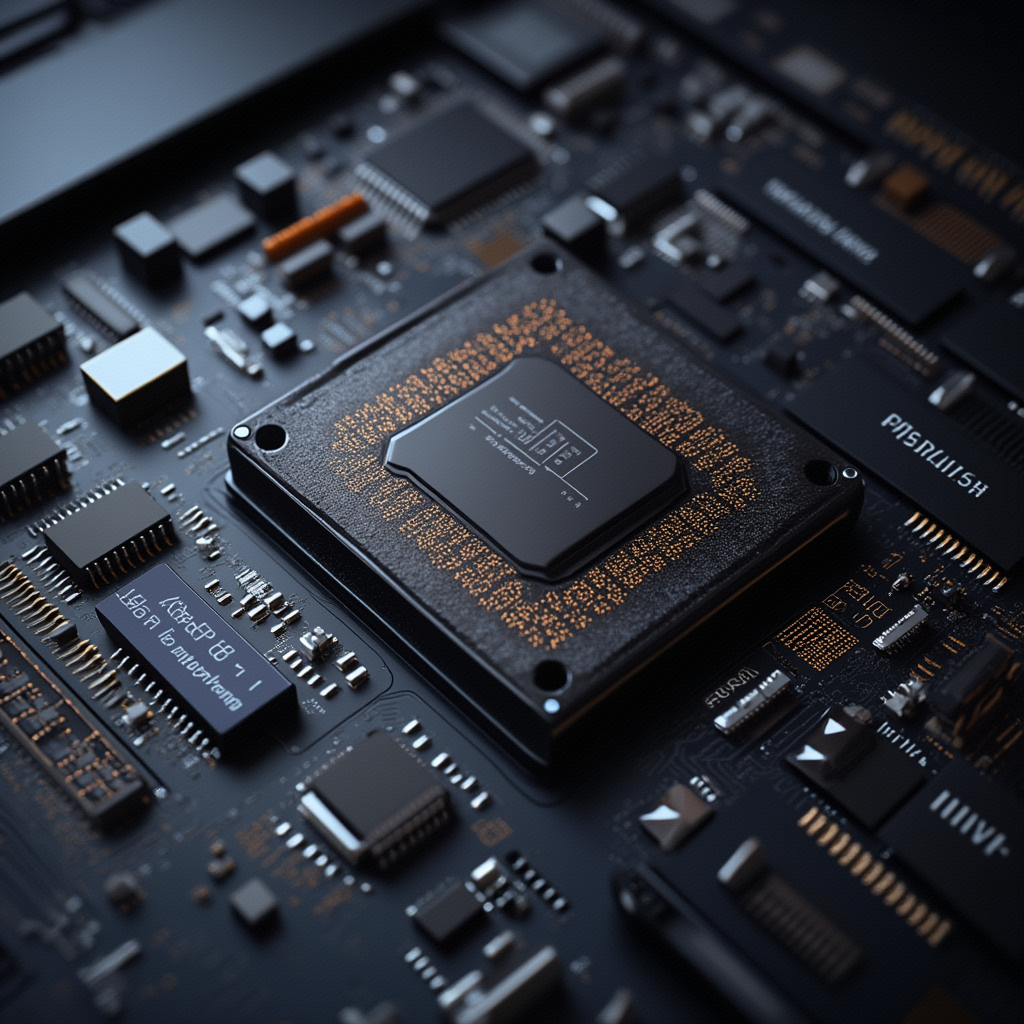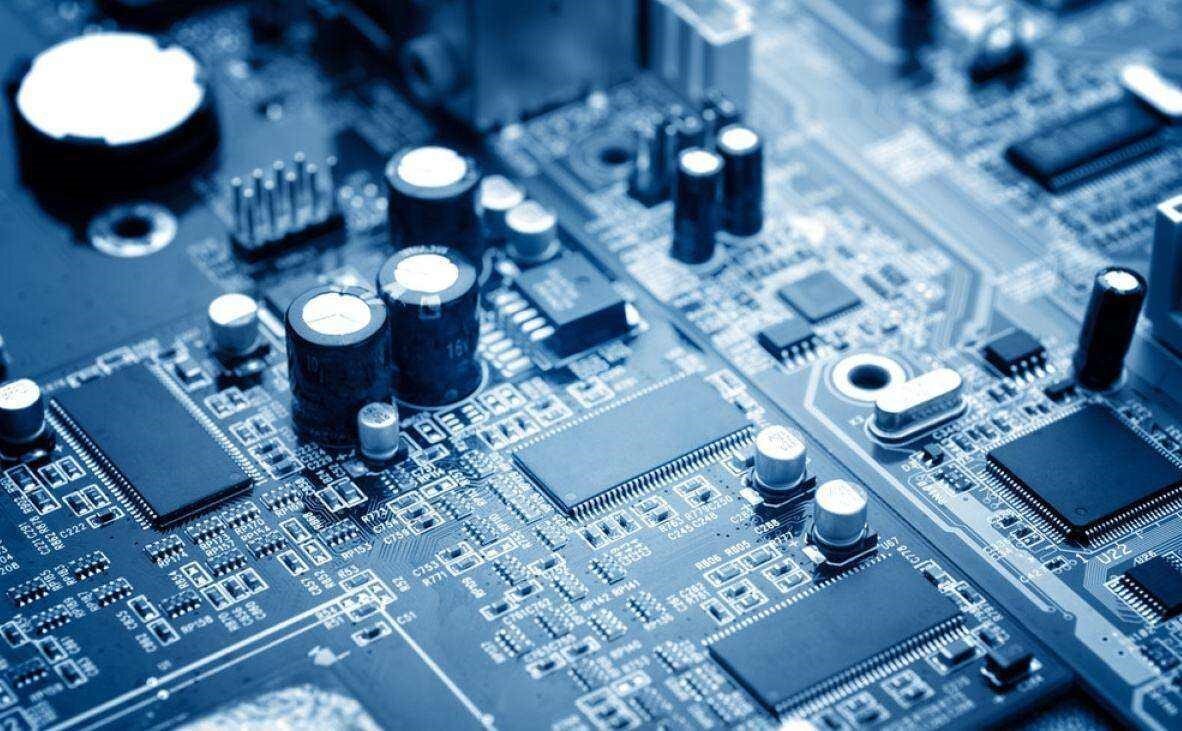发布时间:2012-06-4 阅读量:1323 来源: 我爱方案网 作者:
中心议题:
* 4G降临班加罗尔,但终端设备何时能到位?
Bharti Airtel在班加罗尔推出其4G服务。Airtel将班加罗尔作为其在加尔各答之后推出4G服务的第二座城市。除了加尔各答和班加罗尔,Airtel缺少其它城市的频谱资源,因为它并不拥有印度所有电信分区的频谱。Bharti拥有马哈拉施特拉邦、旁遮普邦和卡纳塔克邦的频谱资源。
尽管握有频谱资源,Reliance Industries尚没推出4G服务。Reliance Industries通过收购Infotel已重新涉足印度电信市场。Reliance Industries不具有与其频谱资源相匹配的基础设施,而且Reliance Industries也不愿与他人共享现有的基础设施,它计划建立自己的10万座电信塔。
Airtel肯定有先发优势,但也许好景不常。Reliance Industries拥有印度所有电信频谱分区的运营执照,而Airtel没有。Reliance Industries还可以投入大量现金推动事情的进展。简言之,当Reliance Industries进入之时,Airtel将不再能享独食。事实上,在许多地方,Airtel根本没戏。
定价策略
除了购买加密狗(也价格不菲),Airtel的定价机制也略显昂贵。由于没有竞争,因此将Airtel的计划称为昂贵也许是不成熟的表现,但我不介意。
Airtel的4G计划从最低每月999卢比(18.80美元);一直到2999卢比(56.45美元)、可下载30GB的套餐可选。与所有类似服务一样,Airtel的4G服务也有999卢比、6GB下载限制的“公平使用政策”。一旦超过6GB,下载速度就将降为128kbps。4G,可承诺数十Mbps的速度,与128 kbps和公平使用政策并不真正匹配。
Airtel的宽带世界领头羊的地位并非浪得虚名,它业已推出了其Smartbytes 4G计划。你可以特定价格购买1GB、速度相同的下载包。Airtel先前已为其宽带用户提供了Smartbytes包,我是它的受害者。我有一种感觉,Airtel吞掉了我并没使用的带宽,但这是另一码事。
终端设备
无论是Airtel还是Reliance Industries,他们仍有个需要解决的问题:终端设备。目前还没有任何支持其服务的终端设备!Apple发布的新iPad支持LTE,在世界其他地方,它都是款4G终端设备。但在印度不算!新iPad工作在2100MHz和700MHz。印度拍卖了支持2300MHz的频谱。印度还有计划拍卖700MHz频率,但这次拍卖到底如何,则只能是“眼见为实”了。
Airtel正随其计划出售MiFi设备,但我们已经远离加密狗。3G加密狗已经是连接到我们笔记本电脑和台式机的多余物件。我不知道,我是否愿意再使用它。
4G就其目前的形态来说是昂贵的,且可能也并非对用户很友好。但只要能解决4G上述的这两个问题,就将赚得盆满钵满。
[member]
4G Comes to Bangalore,But When Are the Devices Coming?
Bharti Airtel has launched its 4G services in Bangalore. Airtel chose Bangalore as its second city to launch its 4G services after Kolkata. Beyond Kolkata and Bangalore Airtel will be short of cities, as it doesn’t have spectrum in all telecom circles of India. Bharti has spectrum in Maharashtra, Punjab and Karnataka.
Despite having spectrum, Reliance Industries hasn’t launched its services yet. Reliance Industries through the acquisition of Infotel has re-entered the Indian telecom space. It doesn’t have the infrastructure to go with the spectrum. Reliance is also unwilling to share the existing infrastructure and plans to build its own towers, 100,000 of them.
Airtel certainly has the first-mover advantage here but it will be ephemeral. Reliance has licenses in all the telecom circles in India, which Airtel doesn’t. Reliance can pump in a lot of cash to get things going. Shortly put, when Reliance enters Airtel will not be the only game in town. In fact, there will not be an Airtel game in a lot of towns.
Pricing
In addition to buying the dongle (which is also expensive), Airtel’s pricing plans are little expensive. Since there is no competition around, calling Airtel’s plan expensive could probably is premature. I don’t mind it.
Airtel’s 4G Plan rentals start with Rs. 999 (US$ 18.80) per month and go up to Rs. 2999 (US$ 56.45) for a 30 GB download limit. Like all things Airtel, 4G has a “fair usage policy” with the Rs. 999 plan having a 6GB download limit. Once you cross it, your speed falls down to 128 kbps. 4G, which promises speeds into tens of megabytes per second, doesn’t really match with the 128 kbps and the fair usage policy.
Not to disappoint the Schumacher’s of the Broadband world, Airtel has introduced Smartbytes for its 4G plans. You can buy a 1 GB download limit package for a particular price and experience the same speed. The Smartbytes package already exist for Airtel’s Broadband users and I am a victim of it. I have a feeling that Airtel is eating my bandwidth before I did but that’s for another story.
Devices
Whether it is Airtel or Reliance, they still have one problem to solve: the devices. There aren’t any! The new iPad was released as an LTE enabled device, and by all means a 4G device elsewhere in the world. But not in India! The new iPad works on 2100 MHz and 700 MHz frequencies. India has auctioned support for the 2300 Mhz spectrum. There are plans to auction off the 700 MHz frequency but it would fall into the “I will believe it when I see it” category.
Airtel is selling MiFi devices along with the plan but we are already moving away from dongles. 3G dongles are already an extraneous appendage attached to our laptops and desktops. I’m not sure if I want to go back to using dongles.
4G in its current form is expensive and probably not user-friendly. Whoever takes care of both will rake in the 4G moolah.

本文将深入剖析RC电源系统的结构组成、核心特性,并探讨其常见的应用领域,为相关技术人员提供全面的参考。

Elexcon深圳国际电子展在2025年8月26日深圳福田会展中心1号馆盛大揭幕,作为全球电子产业链的重要盛会,本届展会汇聚了众多前沿创新技术与行业解决方案。瑞萨RZ系列核心板及开发板等方案Demo亮相嵌入式MCU/MPU生态专区,并围绕相关技术及应用发表了主题演讲,全面展示其在嵌入式领域的技术实力与生态建设成果。

新一代高性能驱动芯片在多个维度实现了关键技术突破

全球领先的电子元器件和自动化产品分销商 DigiKey 近日正式启动2025年度“Back to School”返校福利计划,面向全球高校学生推出多重抽奖。参与者不仅有机会获得实用电子工具套装及DigiKey定制背包,更有机会赢取Teledyne LeCroy高性能电源装置等重磅奖品。该计划旨在为学生群体的学术探索与项目开发提供资源支持,助力其提升创新实践能力。DigiKey全球战略营销高级总监Brooks Vigen表示,这一举措既体现了公司对学生创新精神的持续鼓励,也彰显了其长期致力于协助学生将创意转化为实际应用的坚定承诺。

中国深圳 – 先进热管理领域的全球头部厂商塔克热系统(Tark Thermal Solutions)(前身为莱尔德热系统,Laird Thermal Systems)将于9月10 - 12日在深圳国际会展中心举行的第二十六届中国国际光电博览会(中国光博会,CIOE 2025)上推出下一代主动制冷技术,欢迎参观位于12号展厅12A69号的塔克热系统展位,并与塔克热系统专家深入交流。